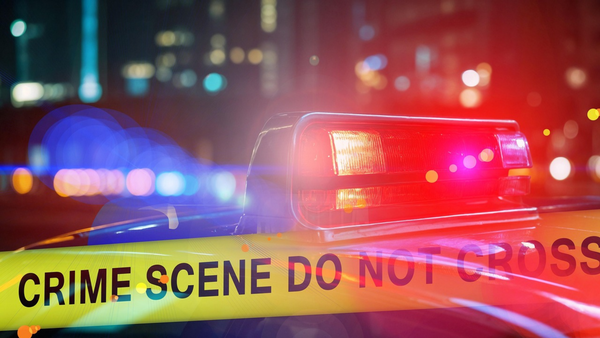
When Taa.uu ‘Yuuwans Nika Collison first opened the email from Buxton Museum, she was, she says, “sort of in shock”.
Collison is a member of the Haida nation, the Indigenous inhabitants of a remote archipelago called Haida Gwaii off the very far north-west coast of Canada. For 25 years she and others had been lobbying museums and collectors around the world to return items made by her people back to their homeland, often with very little success. Here was a curator from a small town in Derbyshire she had never heard of, saying it had some Haida items in its collection, and it wanted to send them back.
Bringing home part of your cultural heritage can be emotionally overwhelming, notes Collison. “Once someone or something has returned home, that’s where the healing comes in, [the knowledge] that you’ve upheld your responsibility to your ancestors.”
Buxton’s offer to the Haida was part of a remarkable year-long initiative in which the small local museum has returned an entire collection of Native American and First Nation artefacts – 51 items in total – to their original communities. The last of them, 12 objects including ceremonial stone weapons, flint arrowheads and a medicine bag, were dispatched last month to members of the Siksika nation in Blackfoot Crossing in Alberta, Canada, just days before the project closed at the end of January.
The debate over restitution may be dominated by a few famous artworks, but the thorny issues of decolonisation and return of artefacts have long been grappled with by museums in Britain and beyond. What makes Buxton’s move unusual, according to Ros Westwood, the museum’s manager, was that rather than waiting for a request from Indigenous communities for items to be returned, it actively sought them out to offer.
She describes an exquisitely carved platter made of a fine black slate called argillite, one of the items returned to Haida Gwaii. “I got to know it over about 20 years. It was one of those objects that just said to me [that] it should not be sitting in a museum store. It should be somewhere where people are understanding it.”
The 51 First Nation and Native American items were the last of an extraordinary collection of several thousand artefacts which, from the 1930s onwards, were loaned to rural schools in Derbyshire to give the county’s children access to museum-quality exhibits – and which also included artworks by LS Lowry, Eduardo Paolozzi and Henry Moore. After the Schools Library Service closed in 2018, the archive came to Buxton Museum, which did not really have room for it.
Rather than sell, it opted to find “ethical and sustainable futures” for the collection, says Bret Gaunt, the curator who led the Native American and First Nation project. The large majority found homes at other British museums – including some artefacts from other Indigenous communities elsewhere in the world, which he hopes will similarly be returned in future.
The challenge for a cash-strapped sector, however, is funding the lengthy research that is often needed to trace such items’ origins, especially if their early provenance was minimally recorded. While some items were doubtless legitimately traded, if under some duress, Gaunt says, others would have been forcibly removed during the Potlatch ban, when Canada effectively criminalised Indigenous ceremonies from the late 19th century until the 1950s.
“They would send government agents into the communities, take all of their ceremonial objects, and then either give them to museums or sell them to private collectors. It was a way of denying them their culture – a cultural genocide, basically.”
And yet, notes Westwood, it was only a fellowship from the Art Fund that gave Gaunt time to painstakingly trace these artefacts back to their original communities, with the help of First Nation leaders and experts from the Smithsonian in Washington. “This is extraordinarily slow, time-consuming work, and it would never have happened without that extra year of funding. If nationally, we think that this is important, then something has to give on the funding arrangements.”
To the recipient communities, however, the value of Buxton’s initiative is incalculable. “I was in awe holding that argillite platter, thinking it could have been lost to us if the Buxton Museum never reached out and was kind enough to say: we would like to repatriate back to where it originates from,” says Aay Aay Gidins, the research and repatriation coordinator for the Haida Gwaii Museum. “It made its way back home.”







